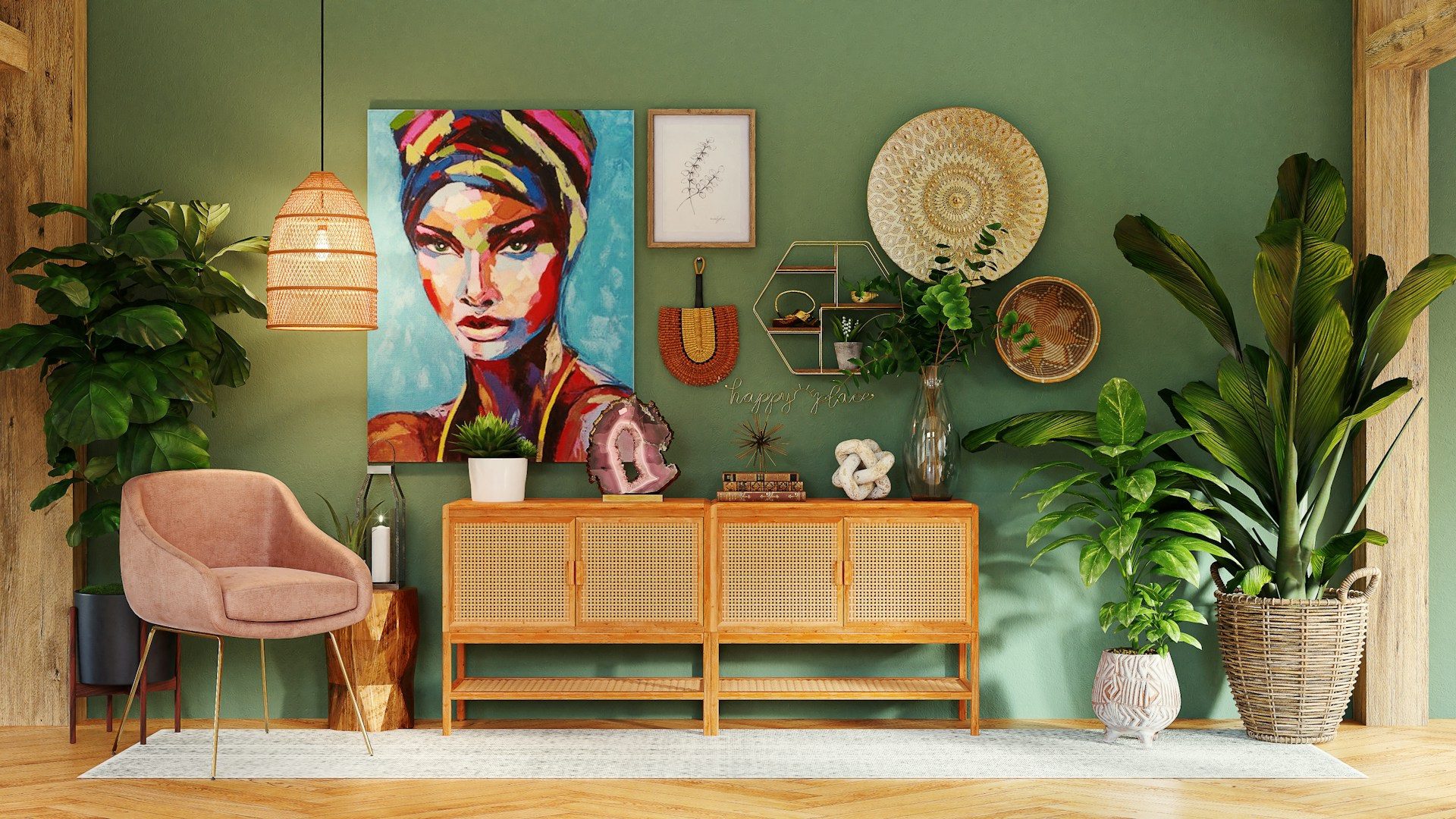
Blog
With a design that enhances the senses, your home is transformed into a peaceful and cozy retreat

Sensory interior design, a trend in 2025, appeals to all the senses, not just sight. It combines materials, colors, fragrances, and sounds to stimulate the feelings of home occupants and connect them to their indoor environments. In other words, sensory design relies on creating spaces that affect the occupants’ feelings, ears, noses, and touch, incorporating textures, smells, sounds, and lighting to create environments that are more immersive, comfortable, and enjoyable to spend time in.
جدول المحتويات
Ideas for achieving sensory design in your home

Ideas for achieving sensory design in your home
Away from the noisy sounds outside and the smell of exhaust fumes, open the door to your home, breathe in a pleasant scent inside, listen to your favorite music, slip under a warm wool blanket in front of a roaring fire… You are immersing yourself in sensory décor. Aesthetics, which are visually appealing, have always been the focus of interior decoration.
However, the latter has evolved to include the five senses, providing a refuge from unpleasant sensory stimuli outside. In contrast to these unpleasant sensory experiences, we have the comforts of home: Sights, sounds, smells, smells, healthy and delicious food, textures – all the elements that turn our indoor spaces into places we like to return to.
Some examples of sensory design in décor include: Decorative fabrics, sound-absorbing materials, natural elements, such as plants, color psychology, interactive décor, aromatherapy, variable lighting, edible décor, artwork, and temperature control: Plants, color psychology, interactive décor, aromatherapy, varied lighting, edible décor, artwork, and temperature control.
Realizing a sensual interior design, in the corners of your home, here are some ideas.
Woven fabrics

Woven fabrics
Textiles, such as: Luxurious velvet, silk, and faux fur, greatly influence the sensory experience, inviting you to touch them and deepening the feeling of the space. A textile can be incorporated into pillows, upholstery, or curtains.
Sound-absorbing materials
Soft materials such as: carpets, curtains, or upholstered furniture can soundproof rooms, creating a peaceful atmosphere.
Natural elements
Elements such as houseplants or water features not only add visual appeal, but they can also release pleasant natural scents to create a multi-sensory experience for occupants. A collection of indoor plants can improve air quality, while a small indoor fountain can provide a soothing water sound.
Color psychology
Colors are known to affect our moods; blue, for example, is calming, making it perfect for bedrooms and bathrooms, while yellow is cheerful and great to use in kitchen decorations or dining areas.
Interactive decor
Decorative elements that invite interaction can appeal to multiple senses. A cozy reading nook with soft cushions encourages relaxation. The accent wall provides a tactile and visual experience.
Aromatherapy

Aromatherapy
Scented candles, essential oils or air fresheners fill your home with a pleasant scent, creating a calming atmosphere. You should choose scents according to your mood or the season: Lavender for relaxation, for example, and cinnamon for warmth…
Lighting
The right lighting can dramatically transform a room, creating a warm, intimate atmosphere, perfect for relaxation areas. In contrast, cold light can stimulate focus and productivity, making it suitable for home offices or study areas.
Edible Decor
Decorative elements, which can be tasted, add an unexpected sensory layer. For example: A small indoor herb garden brings visual appeal, a fresh aroma, and fresh flavors to your food.
Artwork
Artwork stimulates visual interest and may evoke emotional responses. So choose this type of work in a way that means something to you, on a personal level, such as a painting that calms you, a sculpture you like, or a photo that inspires you: A painting that calms you, a sculpture you admire, or a photo that inspires you.
Home temperature
A comfortable temperature is key to creating a welcoming environment; conversely, a space that is too hot or too cold can be uncomfortable and uncomfortable. Use air conditioning as needed, and consider elements such as windows.
Sensory Design Quick Tips
What small changes can be made to achieve sensory design? A frequently asked question, and the answer comes in the following points:
- touch: Items such as: Pillows, rugs, and throw blankets on the sofa can be added sparingly to enrich the texture of the décor…
- Smell: Diffusers, air fresheners, and scented candles perfume the indoor environment with pleasant, subtle scents.
- Sight: Wall paint, wallpaper, and paintings are excellent for attracting the eye. There’s also colorful furniture, whose pieces bring rooms to life, in harmony with neutral colors.
- Hearing: Purring soothes even the most restless of hearts. A water fountain plays a major role in this direction. Add to that, ambient music is a direct passport to happiness. An aquarium, in turn, can be an essential element of sensory décor, which “captures” both vision and hearing at the same time.
- Taste: A bowl of fresh fruit on a tabletop in the living room provides a colorful visual element and a healthy snack option.
